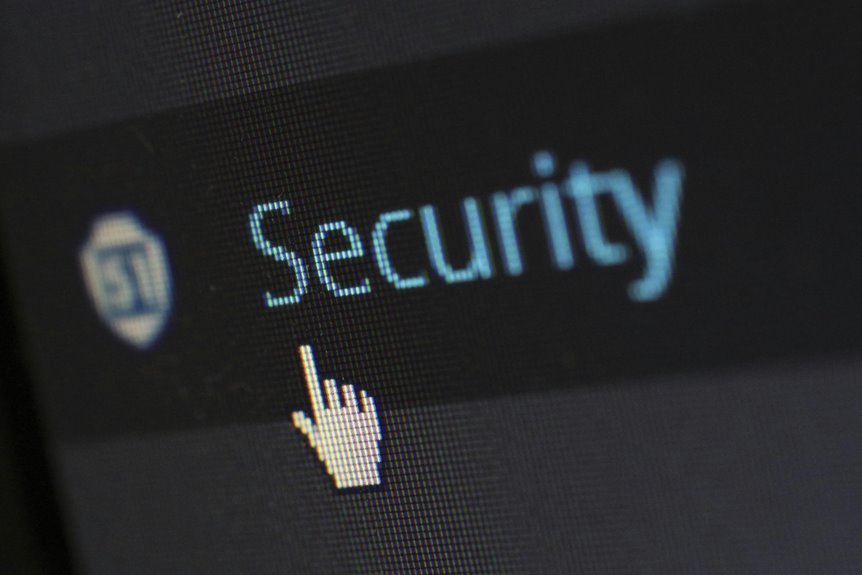Instant Caller Authentication Risk Protection 3922821805 3332710028 3511976796 3808927301 3275691221 3208388184

Instant Caller Authentication Risk Protection represents a pivotal advancement in communication security. By leveraging biometric and multi-factor authentication technologies, it addresses the increasing threats of fraud and identity deception. Organizations implementing these solutions can significantly enhance user trust and engagement. However, the integration of such systems raises questions about their effectiveness and the potential challenges in deployment. Understanding these aspects is crucial for organizations considering this security enhancement.
Understanding Instant Caller Authentication
Although the concept of caller authentication has evolved, understanding Instant Caller Authentication requires a detailed examination of its mechanisms and implications.
This process hinges on accurately verifying caller identity through various authentication methods, including tokenization and biometric verification. Such methods enhance security, ensuring legitimate communications while mitigating fraud risks.
Analyzing these components reveals the complexity and necessity of effective caller authentication in modern communication systems.
The Technology Behind Caller Verification
As the demand for secure communications continues to rise, various technologies have emerged to facilitate effective caller verification.
Caller ID systems utilize advanced algorithms to authenticate incoming numbers, while voice recognition technology enhances security by analyzing vocal patterns.
This dual approach not only verifies identity but also mitigates risks associated with fraudulent calls, ensuring a more reliable communication environment for users seeking freedom from deception.
Benefits of Instant Caller Authentication Risk Protection
While the implementation of instant caller authentication risk protection may initially seem like an added layer of complexity, its benefits are significant and far-reaching.
This technology enhances fraud prevention by verifying caller identities in real-time, thereby reducing the risk of deception.
Additionally, it fosters customer trust, as individuals feel more secure knowing their communications are protected against potential threats in an increasingly digital landscape.
How to Implement Caller Authentication Solutions
The integration of caller authentication solutions requires a systematic approach to ensure effectiveness and reliability.
Organizations must assess various authentication methods, such as biometrics and multi-factor authentication, to verify caller identity.
Implementing a robust infrastructure that supports these methods is essential.
Continuous monitoring and updates to the system will enhance security, ultimately fostering trust and freedom for users in their communication.
Conclusion
In a digital landscape teeming with deception, Instant Caller Authentication Risk Protection emerges as a fortress, safeguarding the sanctity of communication. By weaving together biometric and multi-factor authentication, it transforms the often murky waters of caller identity into a crystal-clear stream of trust. Organizations that embrace these advanced solutions not only shield themselves from fraud but also cultivate an environment where secure interactions flourish, ultimately paving the way for a more resilient and reliable communication ecosystem.




